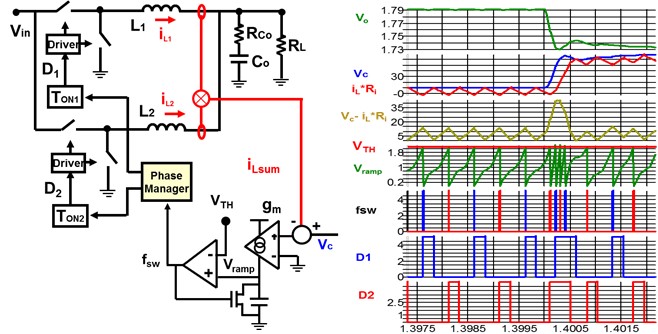
Fig. 1. Proposed constant on-time charge control with waveforms
Ripple based current mode control is currently very widely used for its excellent small signal property. The issue of this ripple based current mode control is that when the inductor current ripple becomes small because of the ripple cancellation effect for a multiphase operation, con-trol becomes very noise sensitive, and creates a jittering at the output. These days, constant on time control is widely used for VR applications because of its higher light load efficiency, and higher bandwidth design capability. In the constant on time control, current mode control based on the inductor current ripple is very widely used because of its very simple compensation. One issue of the ripple based current mode constant on time control is that, in the heavy load step up transient, the inductor current increment becomes limited by on time and minimum off time ratio in each cycle. This can create a large undershoot at the output. On the other hand, in the load step down case, if the load change occurs at the beginning of the fixed Ton, a large overshoot can occur at the output as well. For the multiphase operation case, a limited pulse overlapping capability of different phases becomes an issue at heavy load step up transient. A new current mode control based on a charge control concept is proposed to solve these limitations of ripple based current mode controls.
The proposed structure with its waveforms in load step up transient response is presented in the Fig. 1 where the difference between Vc and IL*Ri is converted into current by using a gm amplifier, and this current is used to charge a capacitor. Then this capacitor voltage (V
ramp) is compared with a fixed threshold voltage (V
TH) to create pulse frequency f
sw. When V
ramp touches V
TH, off time ends and a fixed on time (T
on) is started. In the case of a large load step up transient, when V
c-I
L*R
i becomes very large, fsw pulses can occur even before the end of the previous on time. Now if these very close pulses are allowed to merged together to create a longer on time, significant undershoot reduction can be done at the output.
As in the proposed structure, a control pulse can occur even before the on time finishes. In a multiphase operation, the proposed COT charge control can improve the load step up transient performance by achieving a natural pulse overlapping feature, shown in Fig.2.

Fig. 2. Proposed control for multi-phase with waveforms
























































































